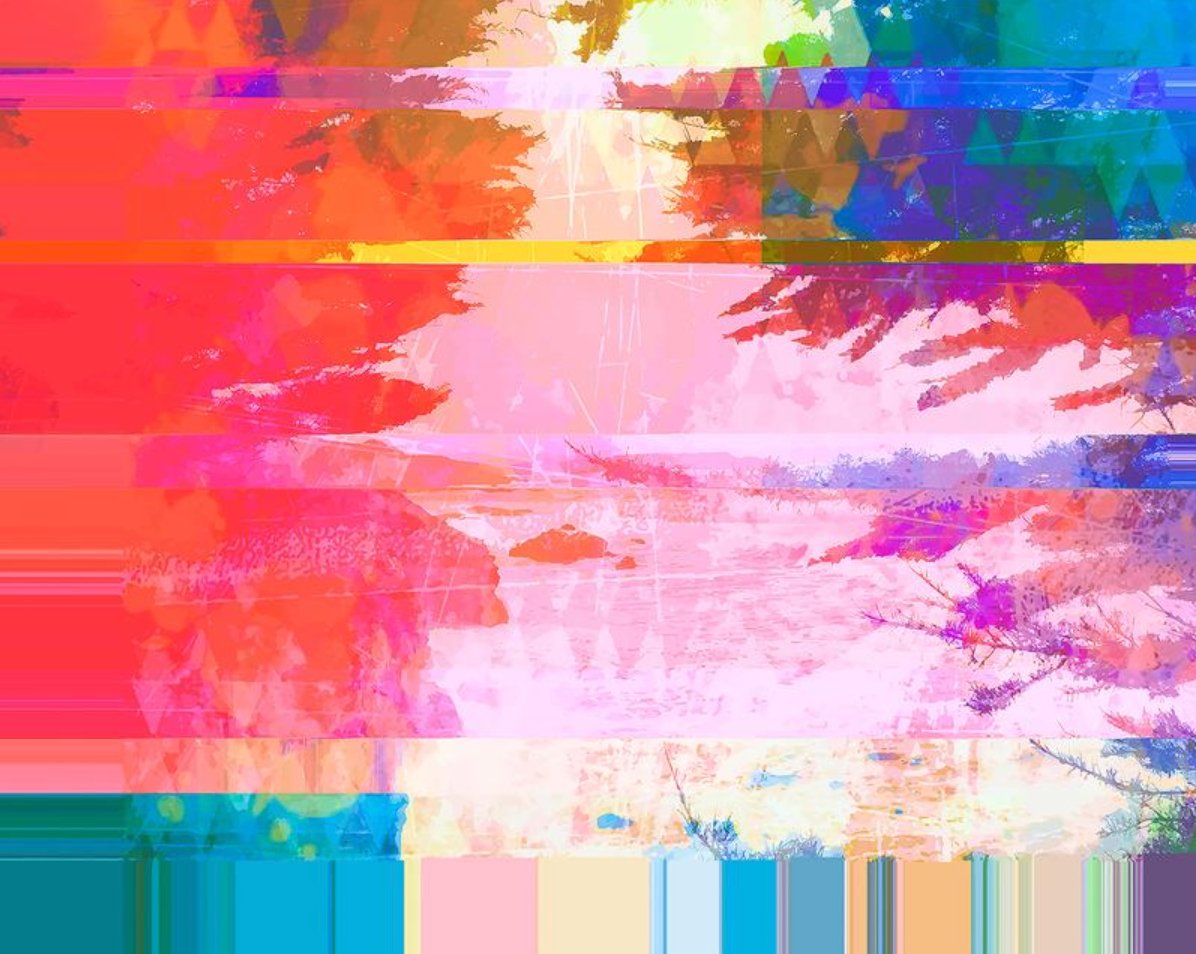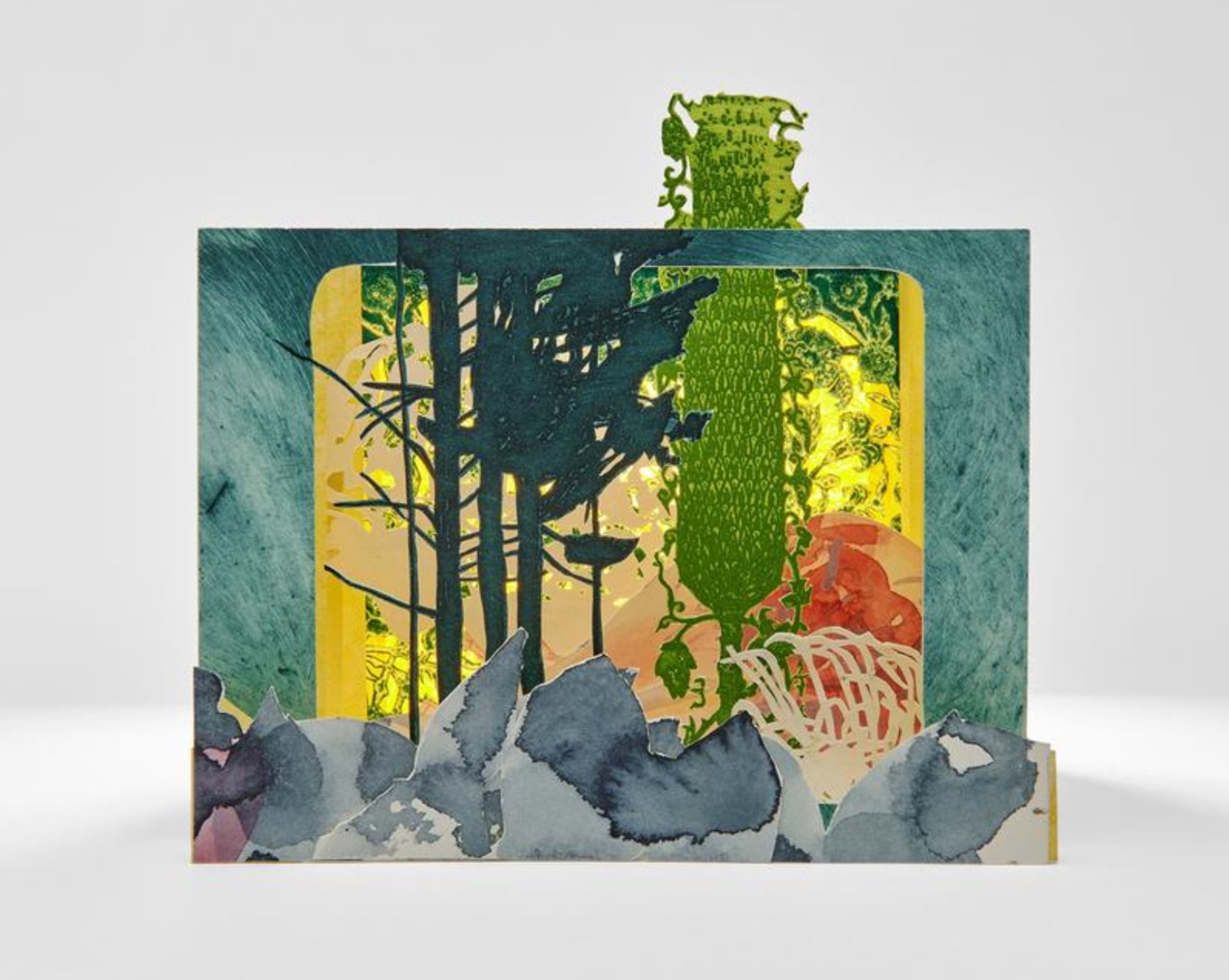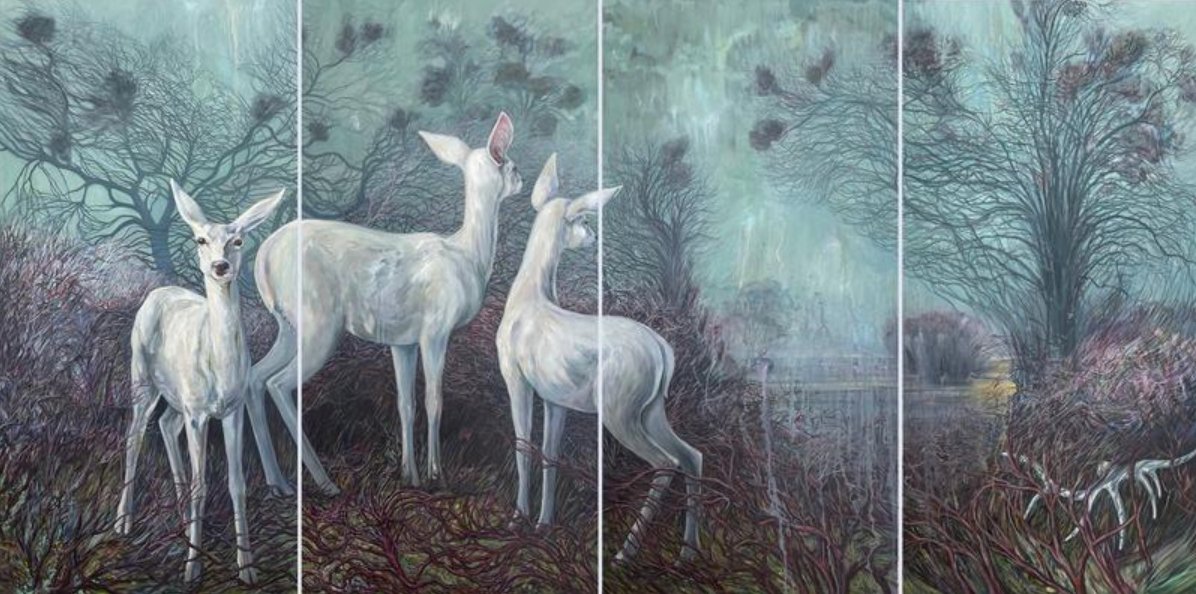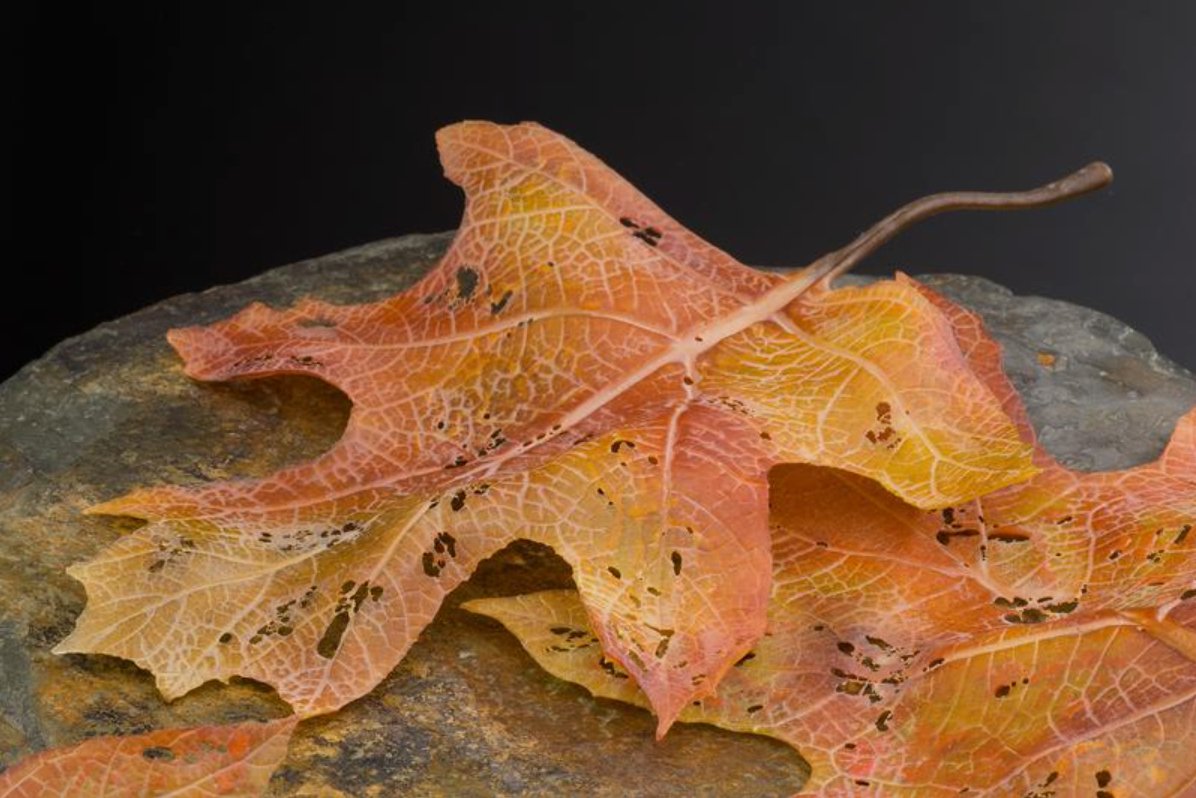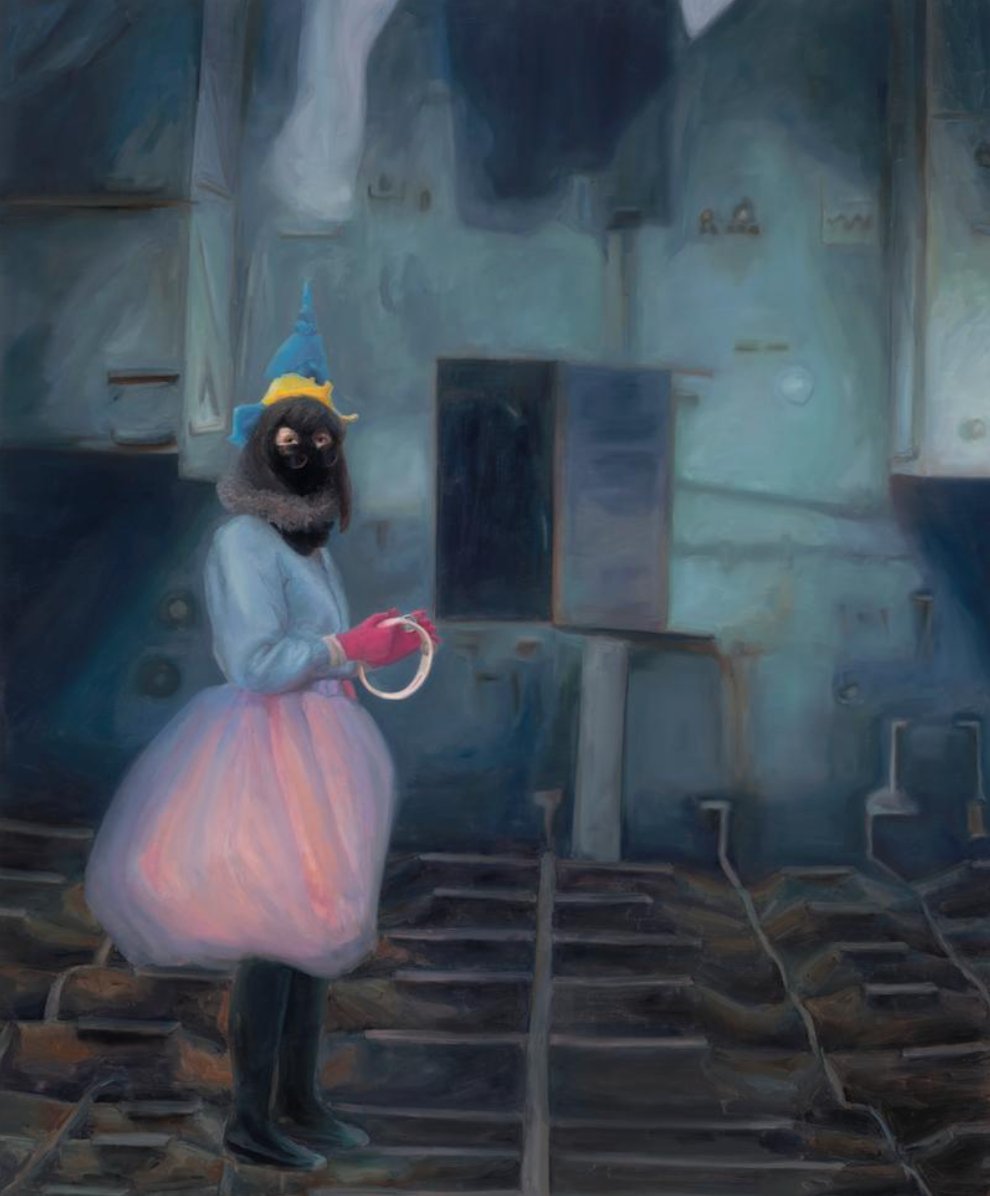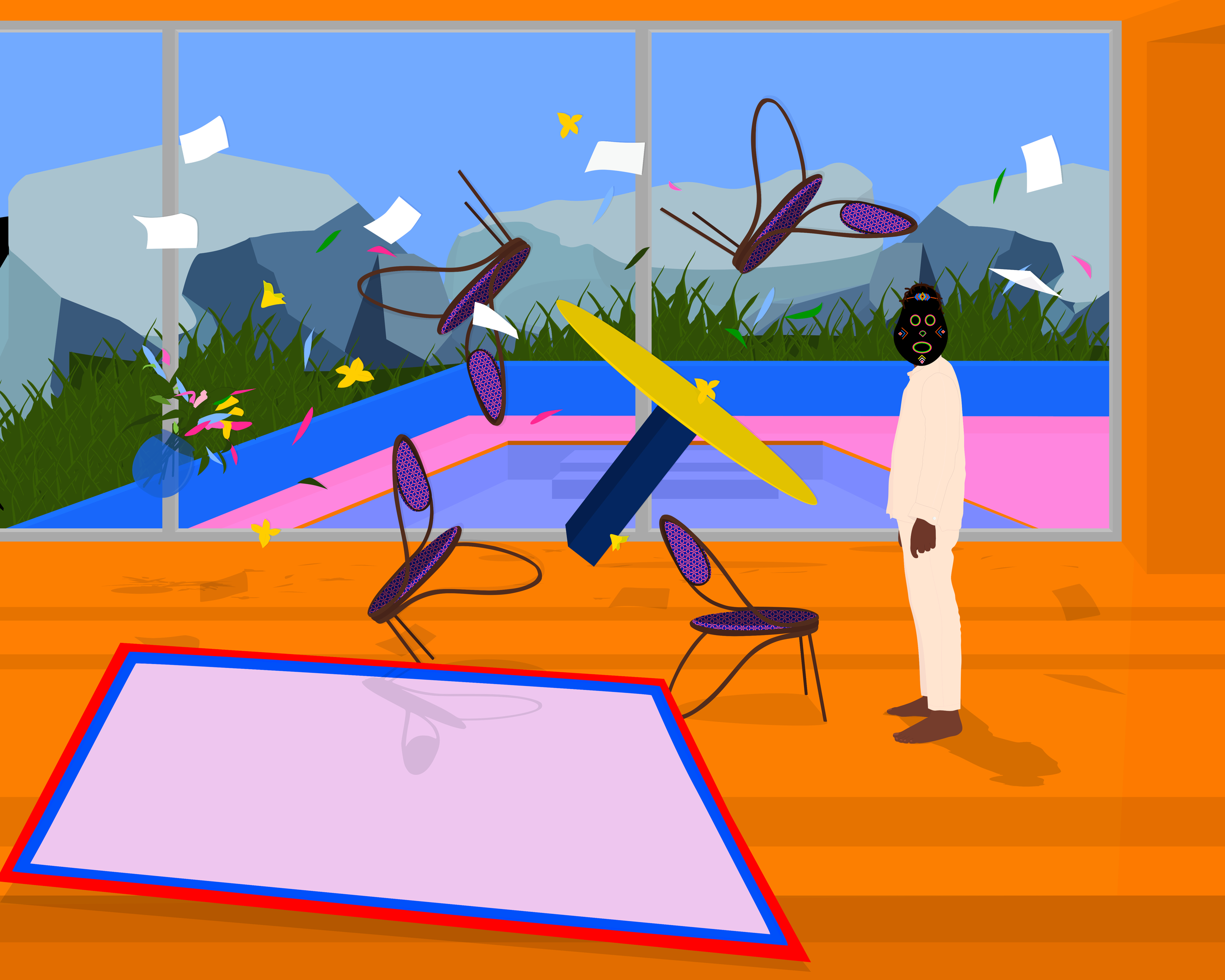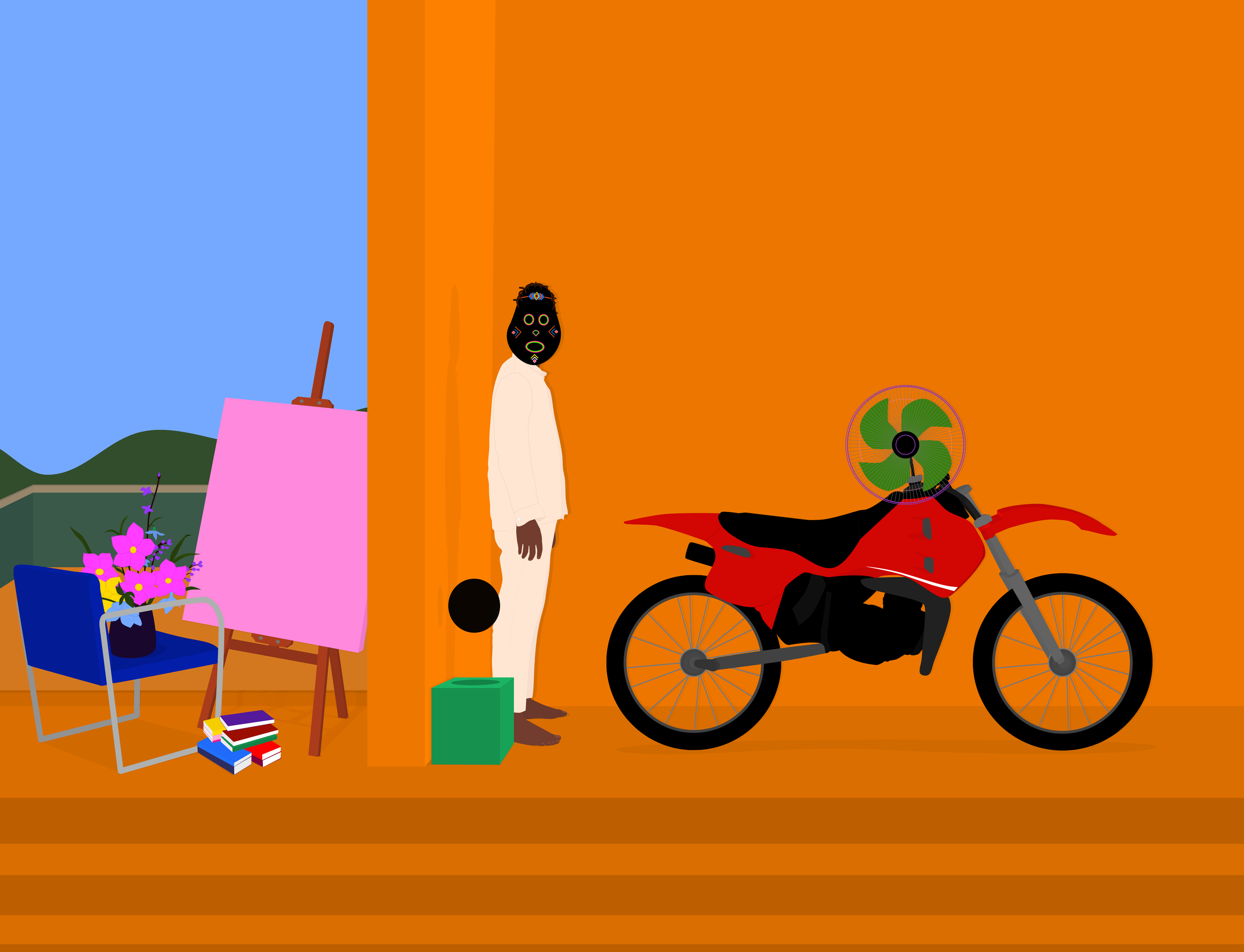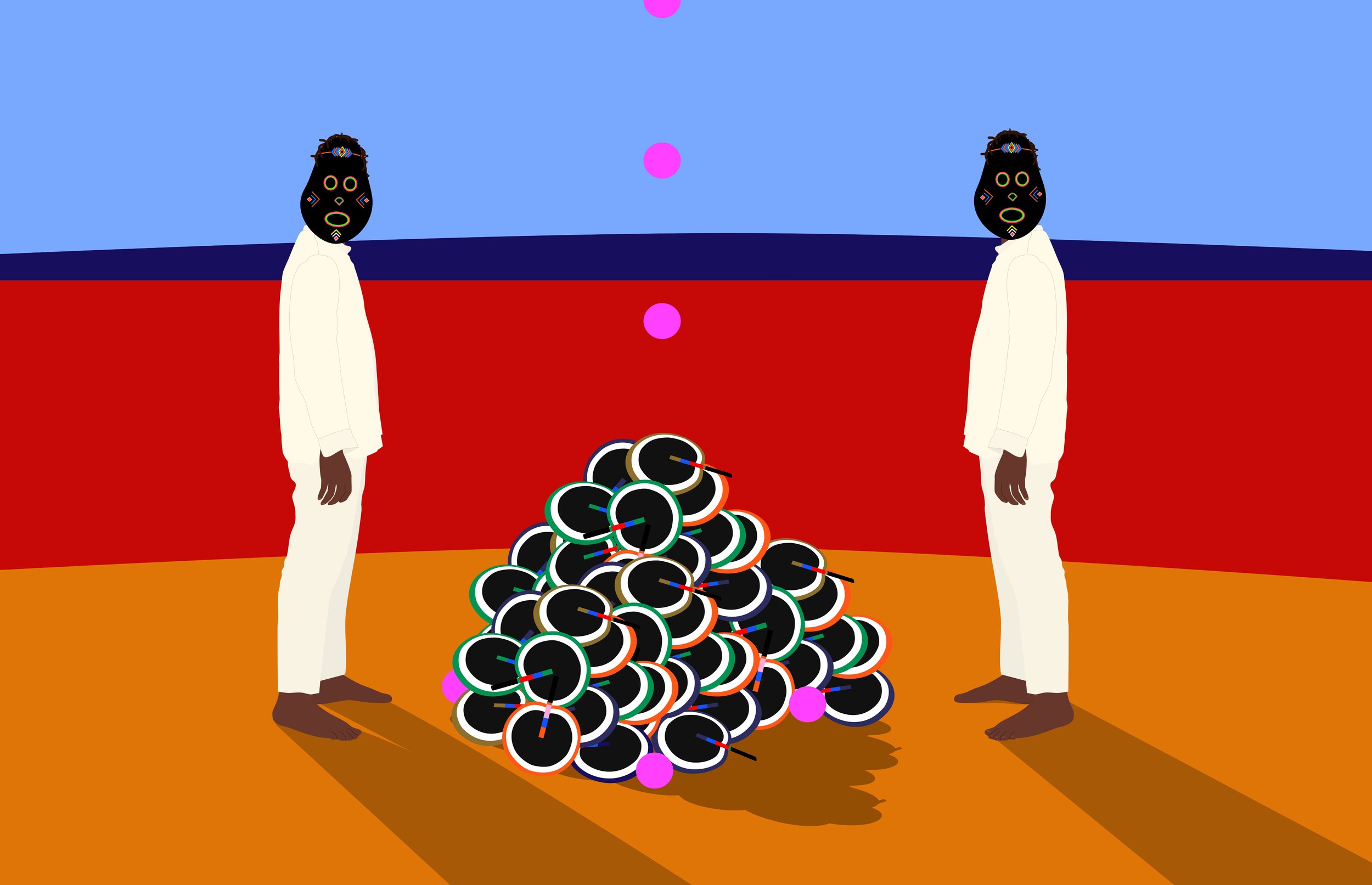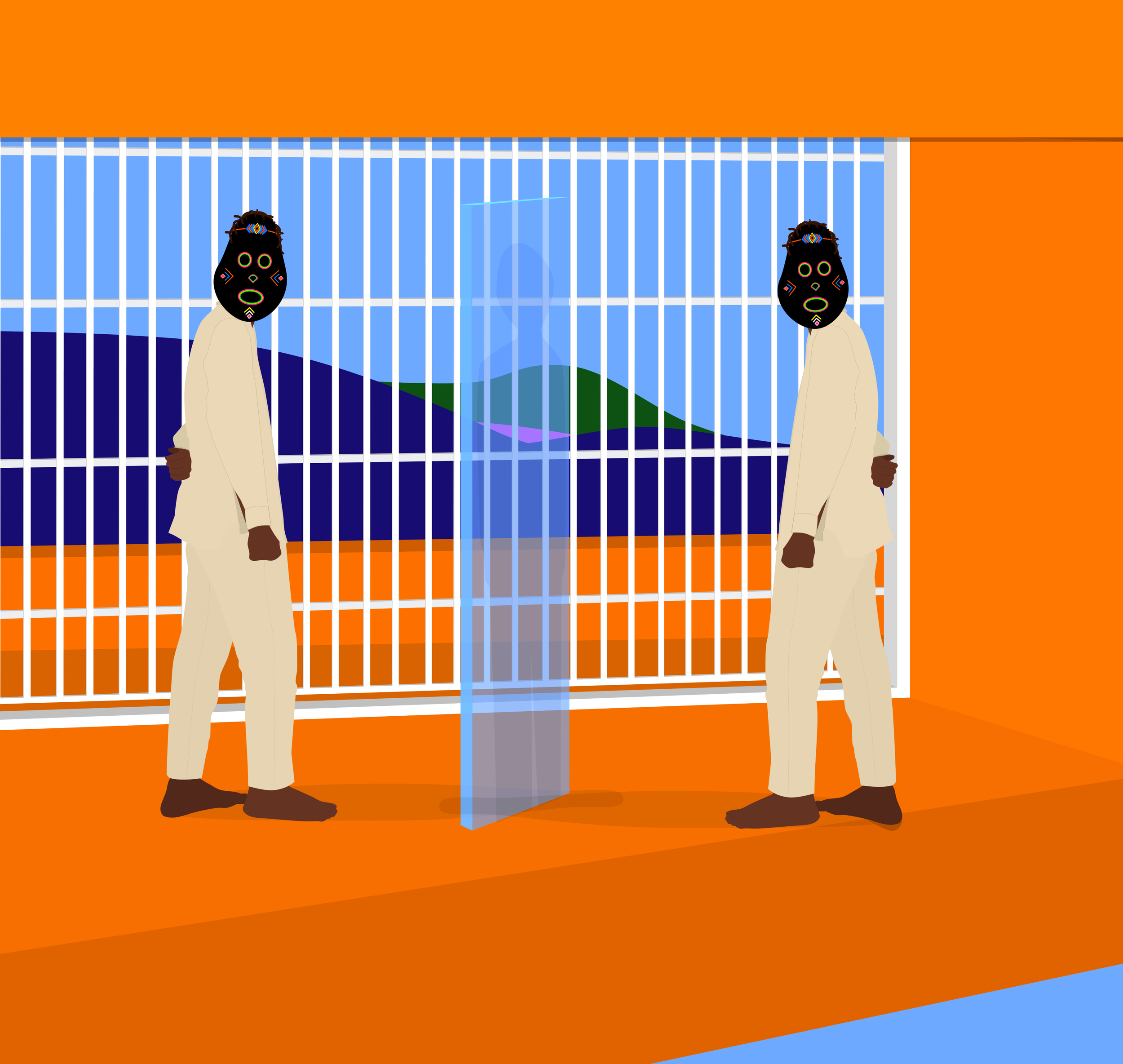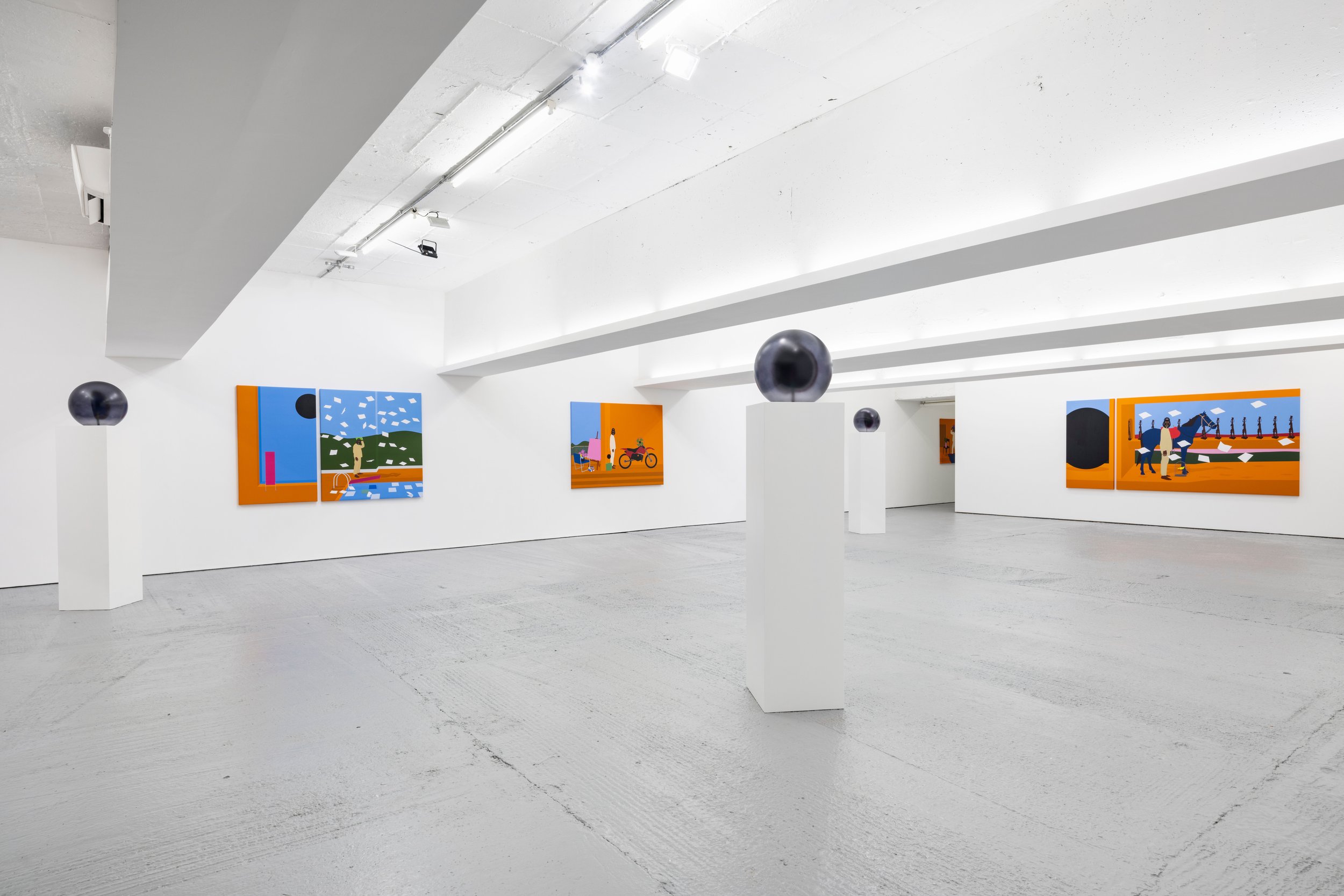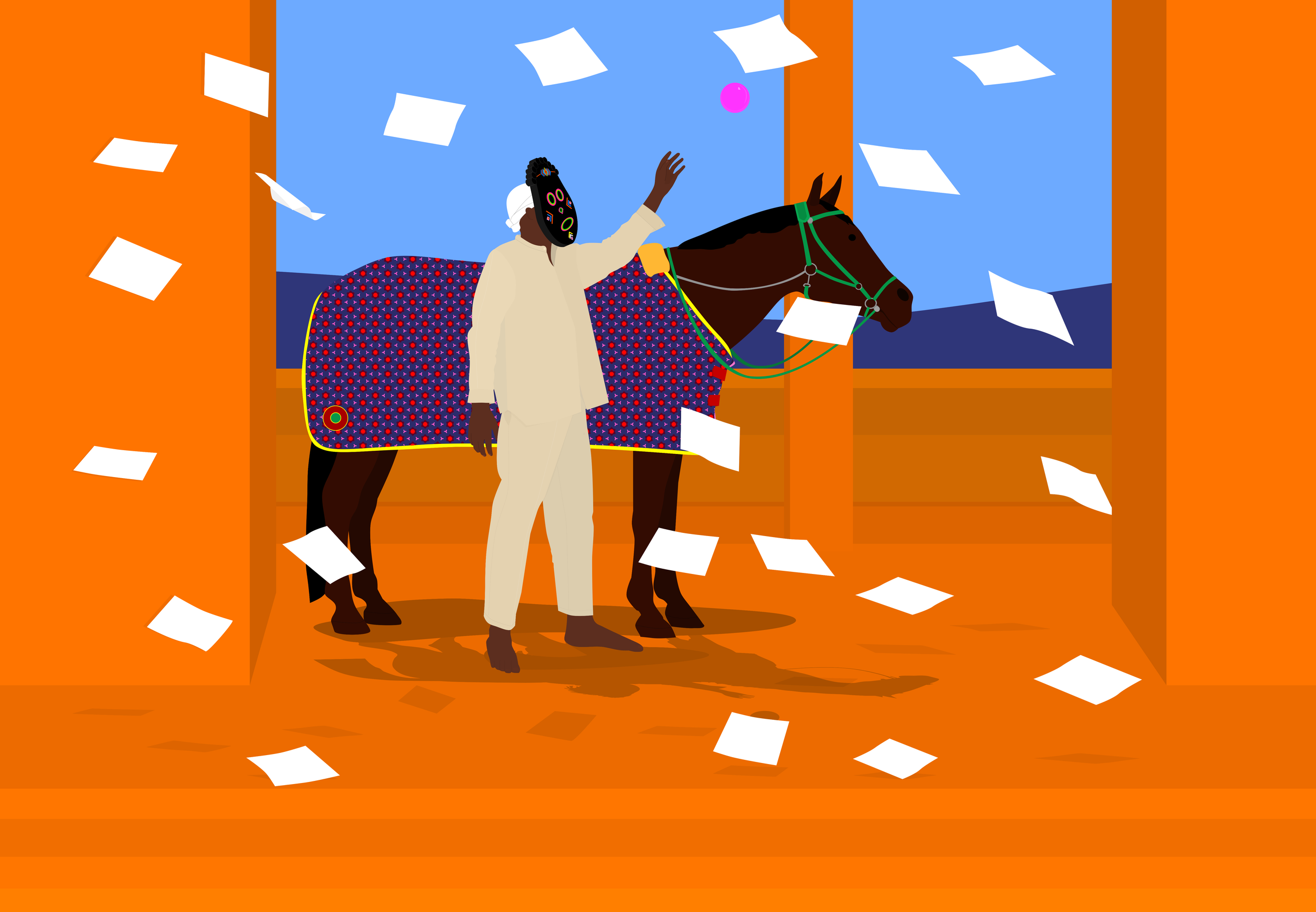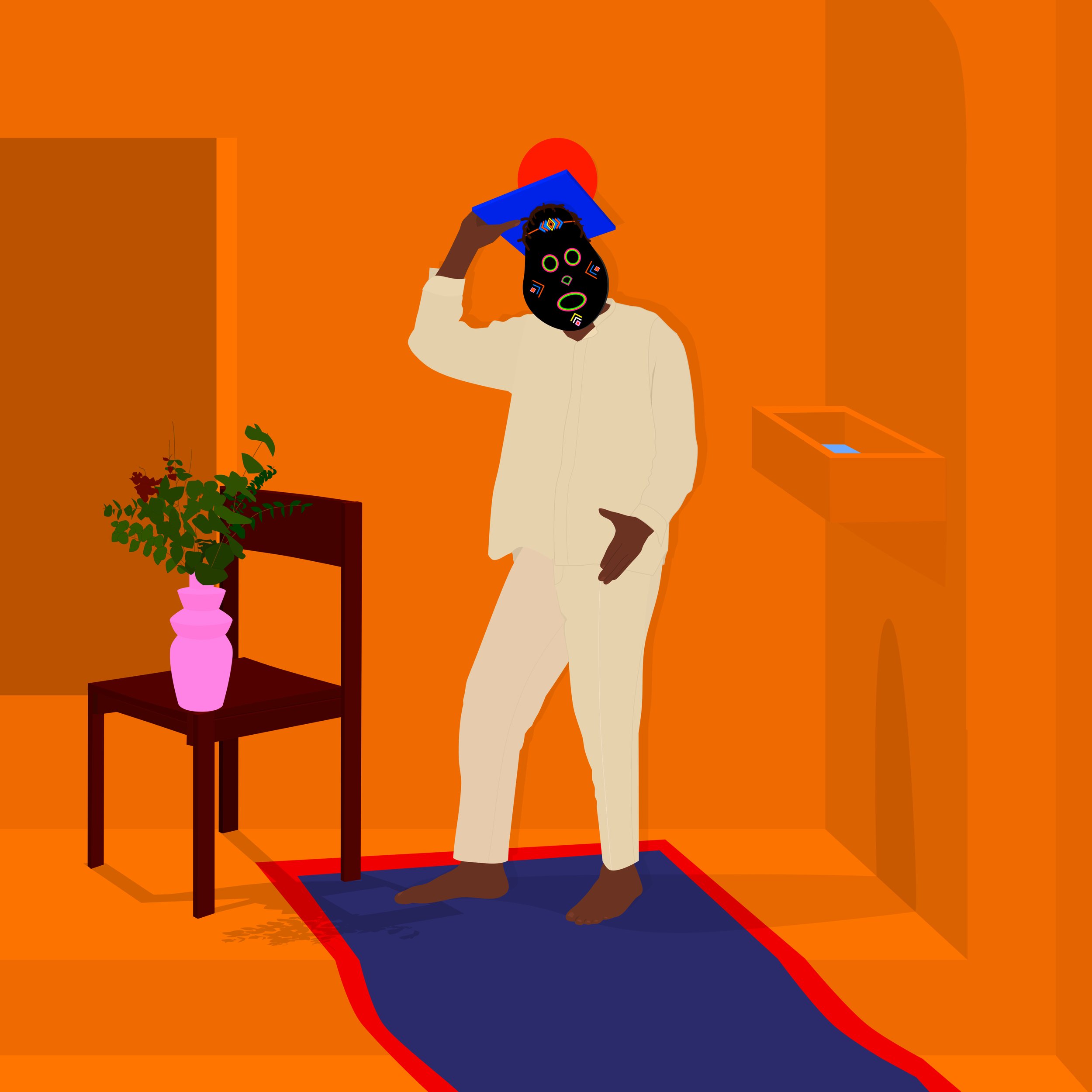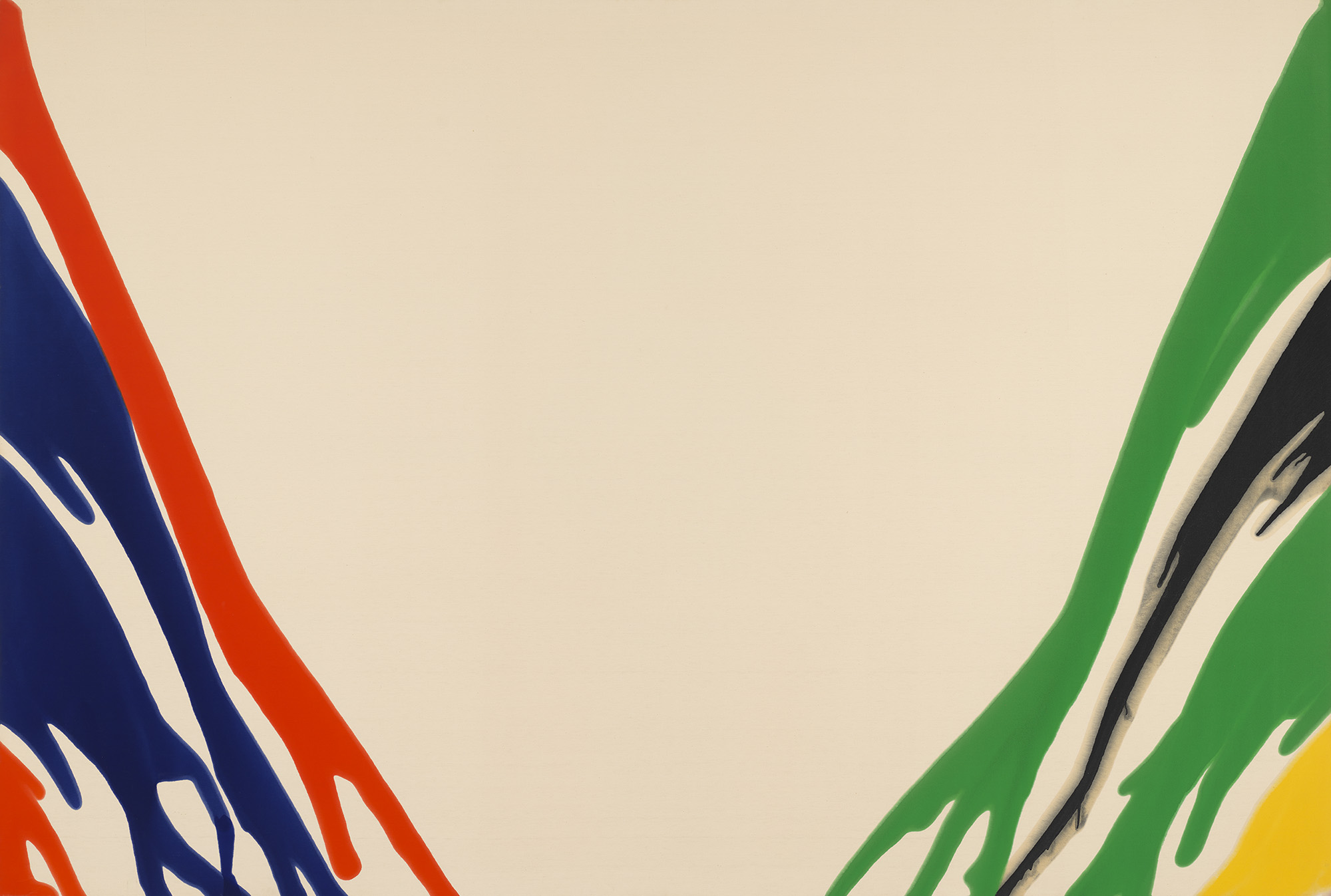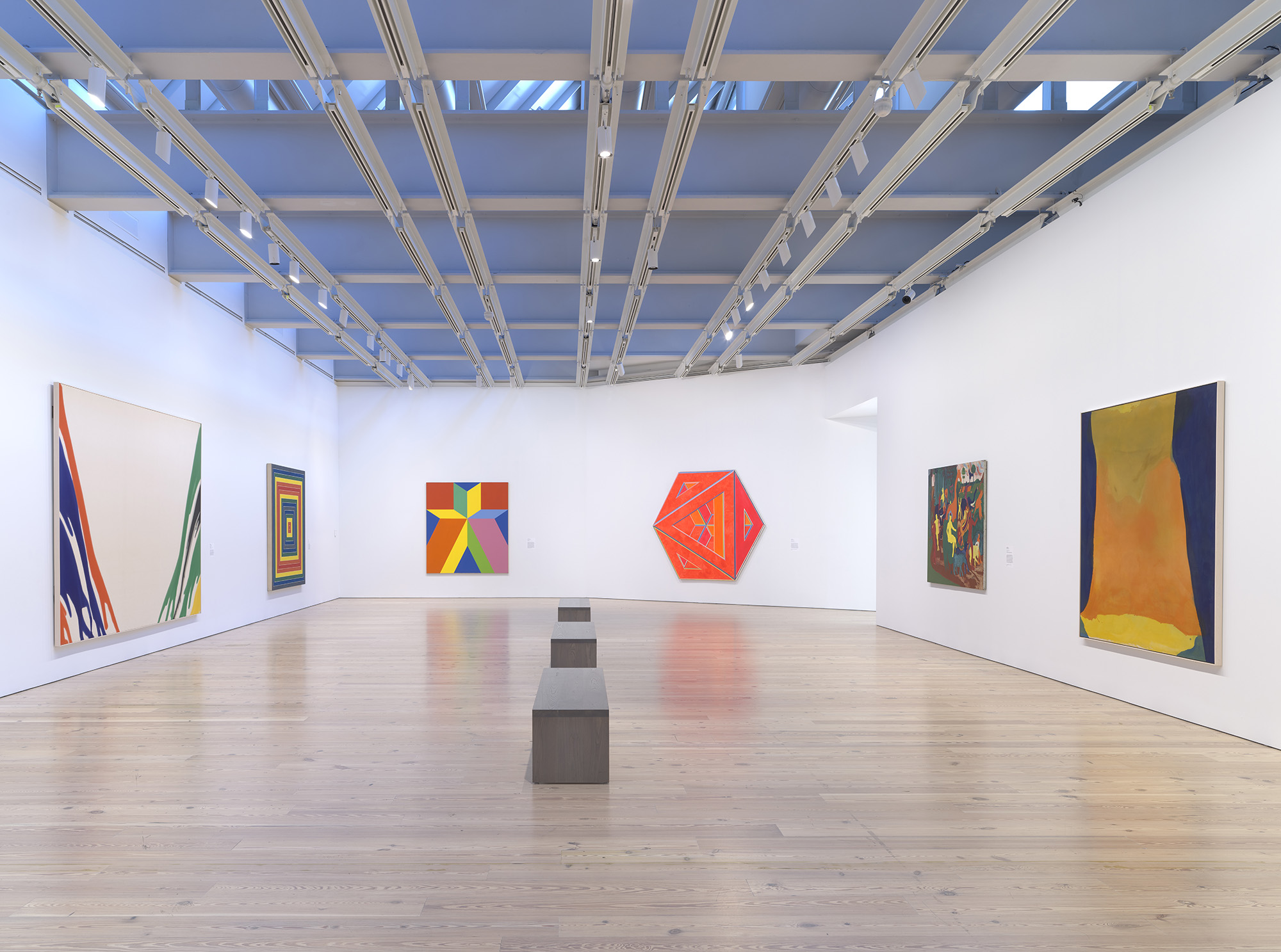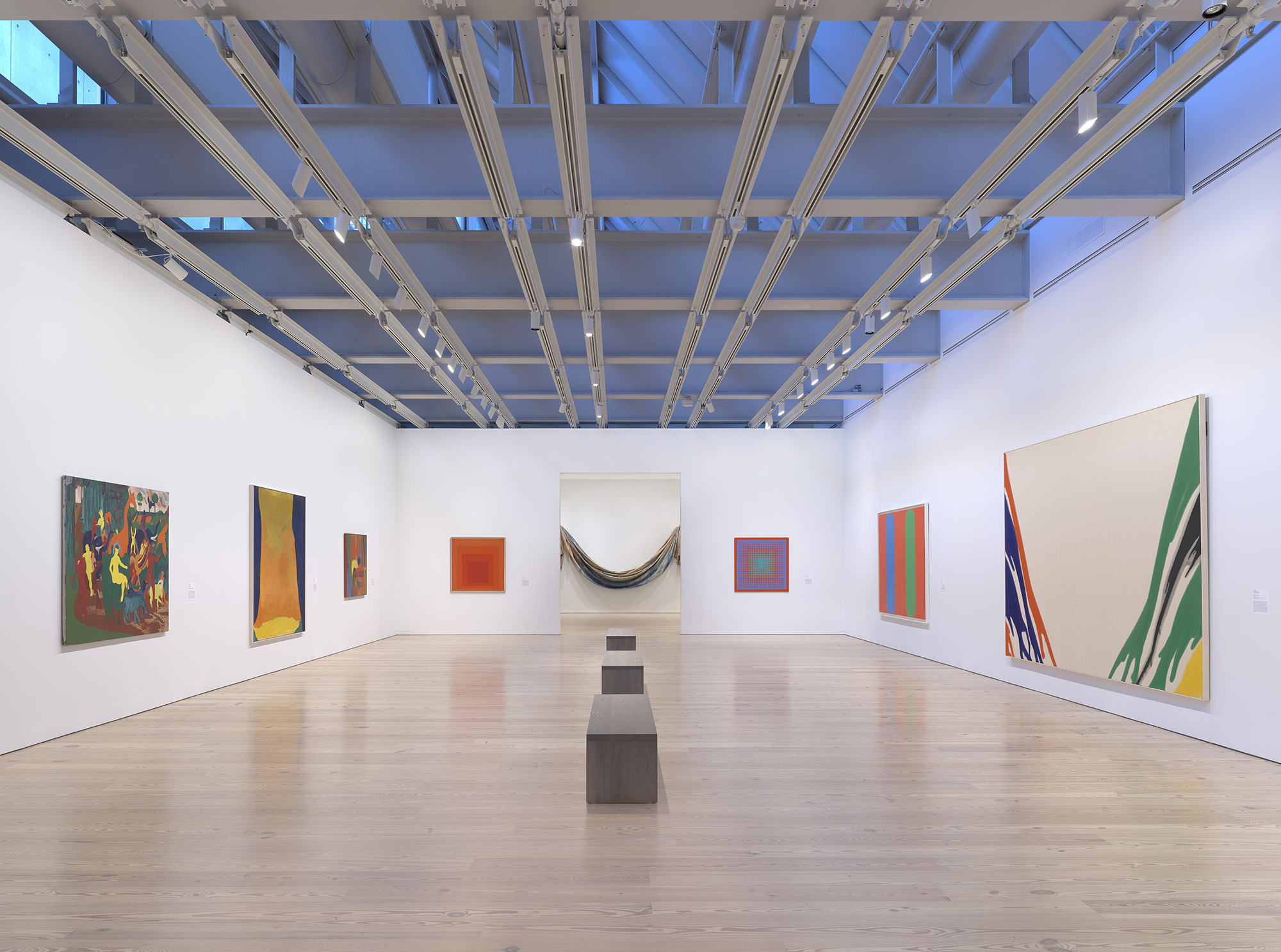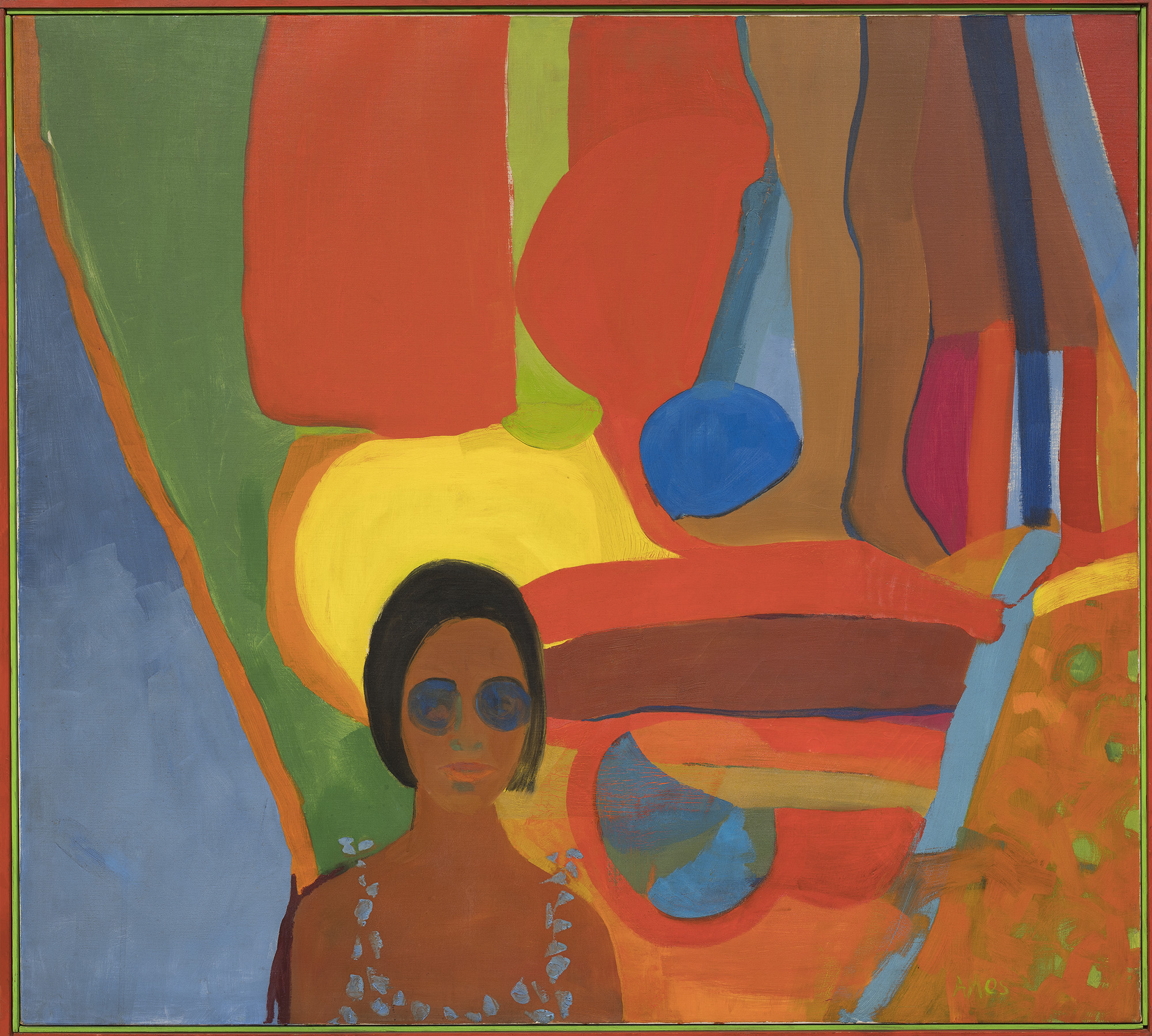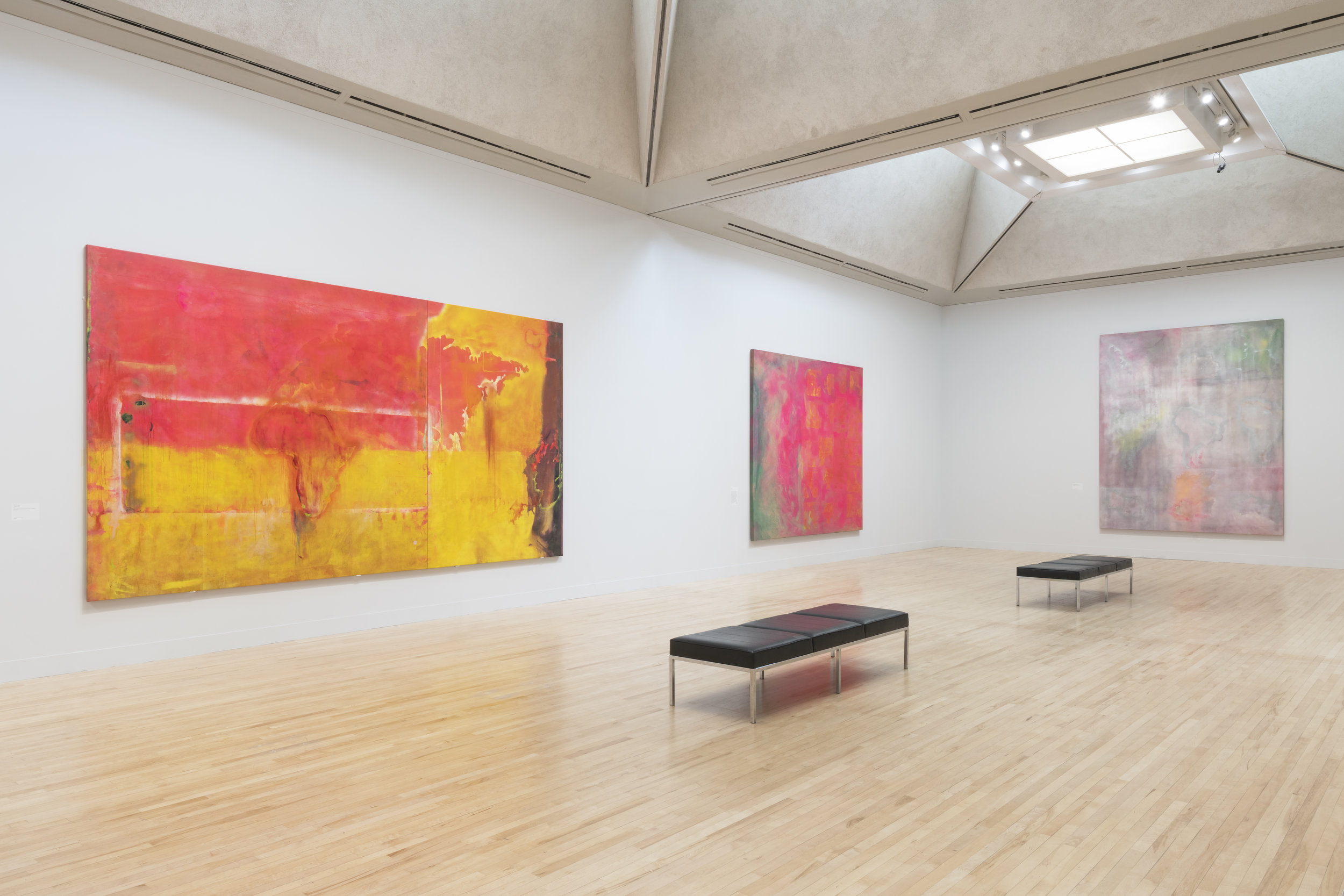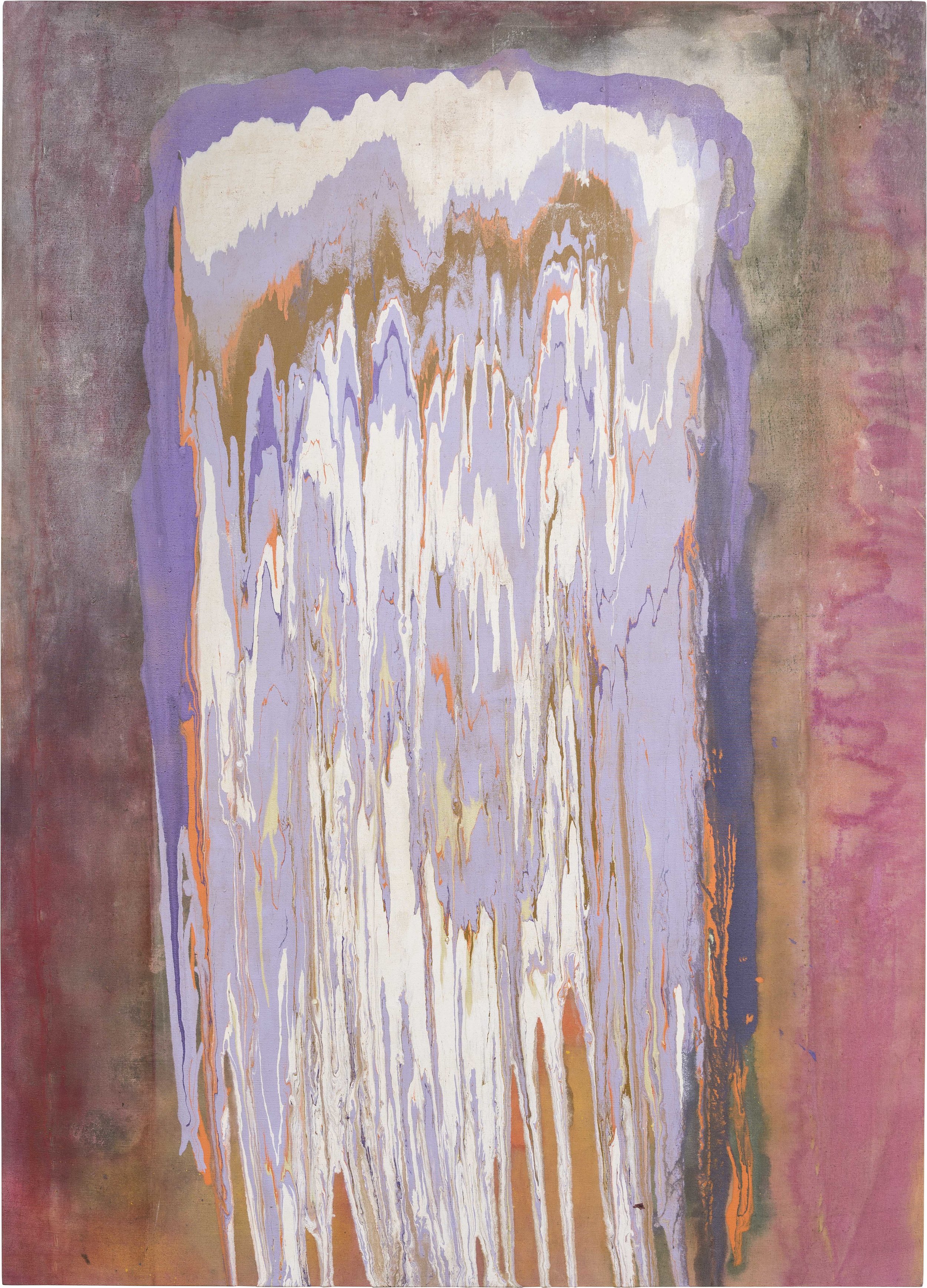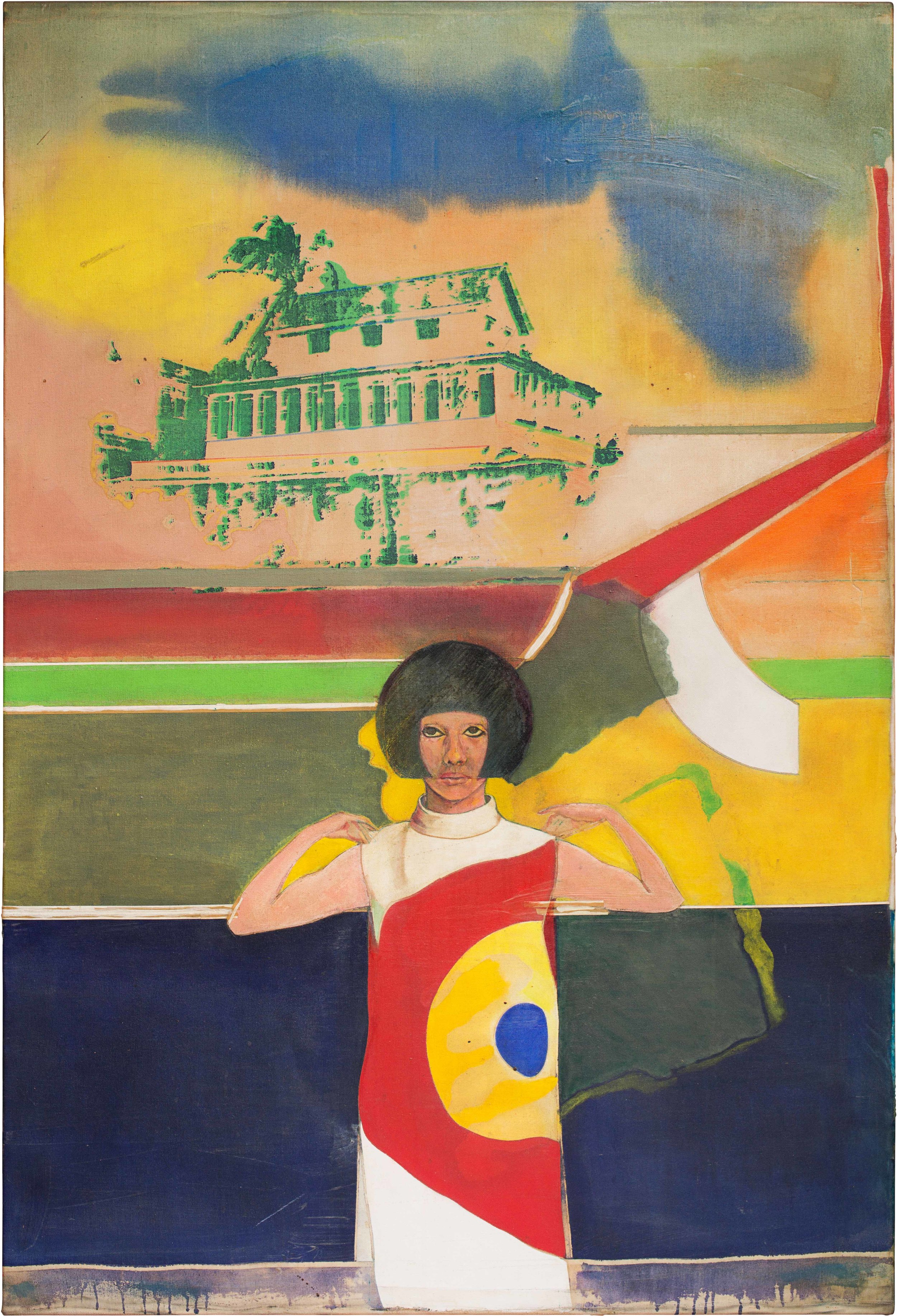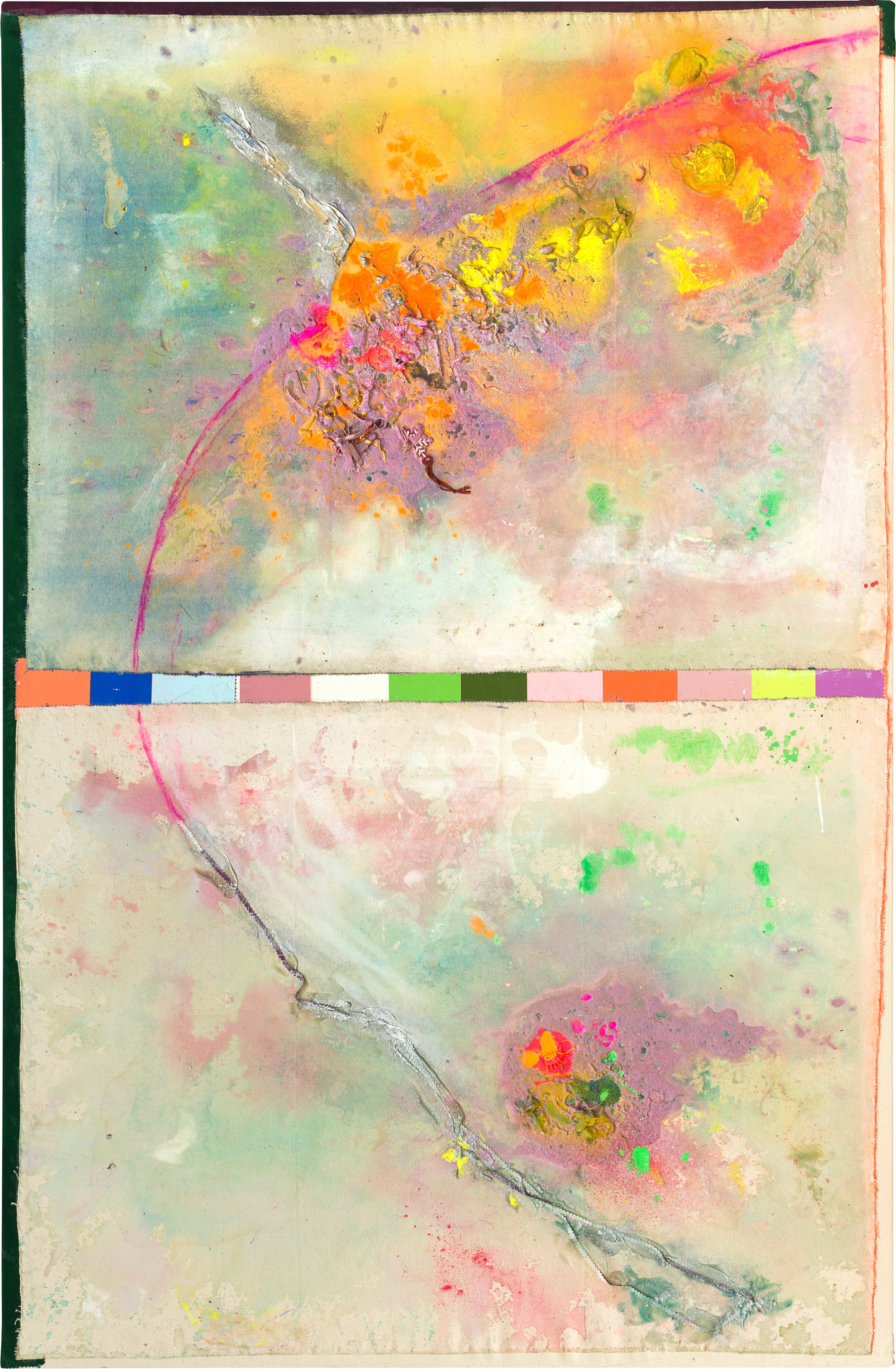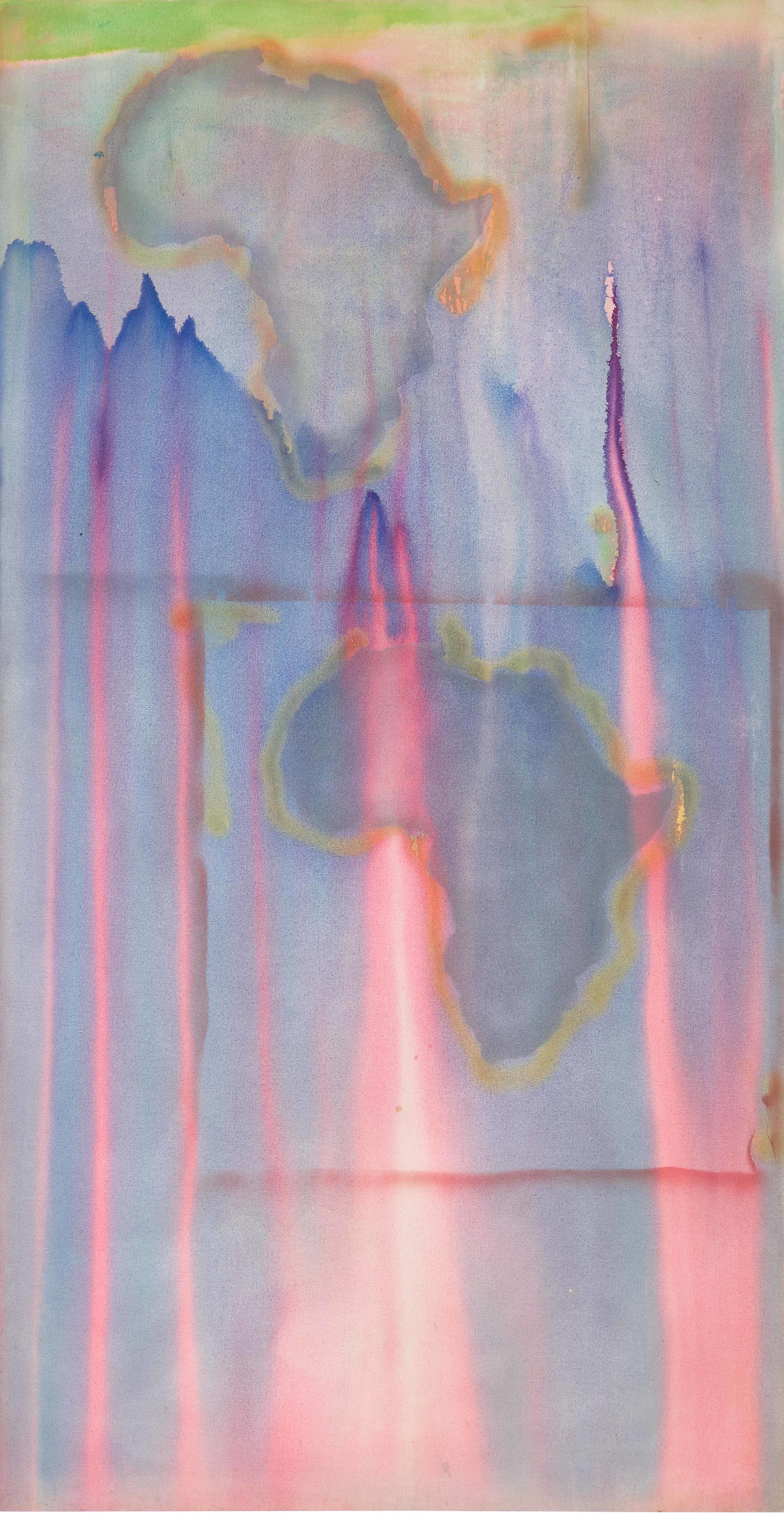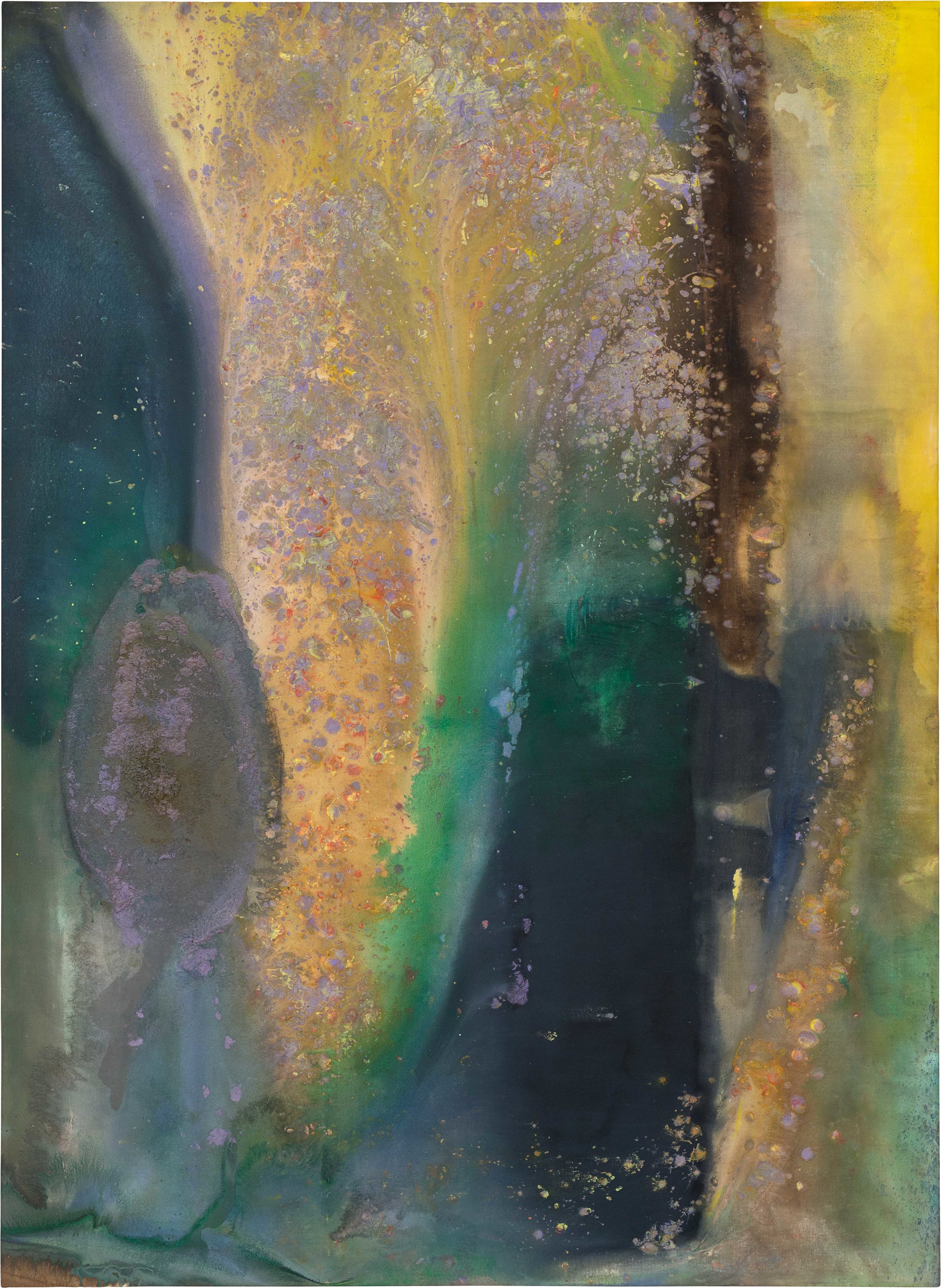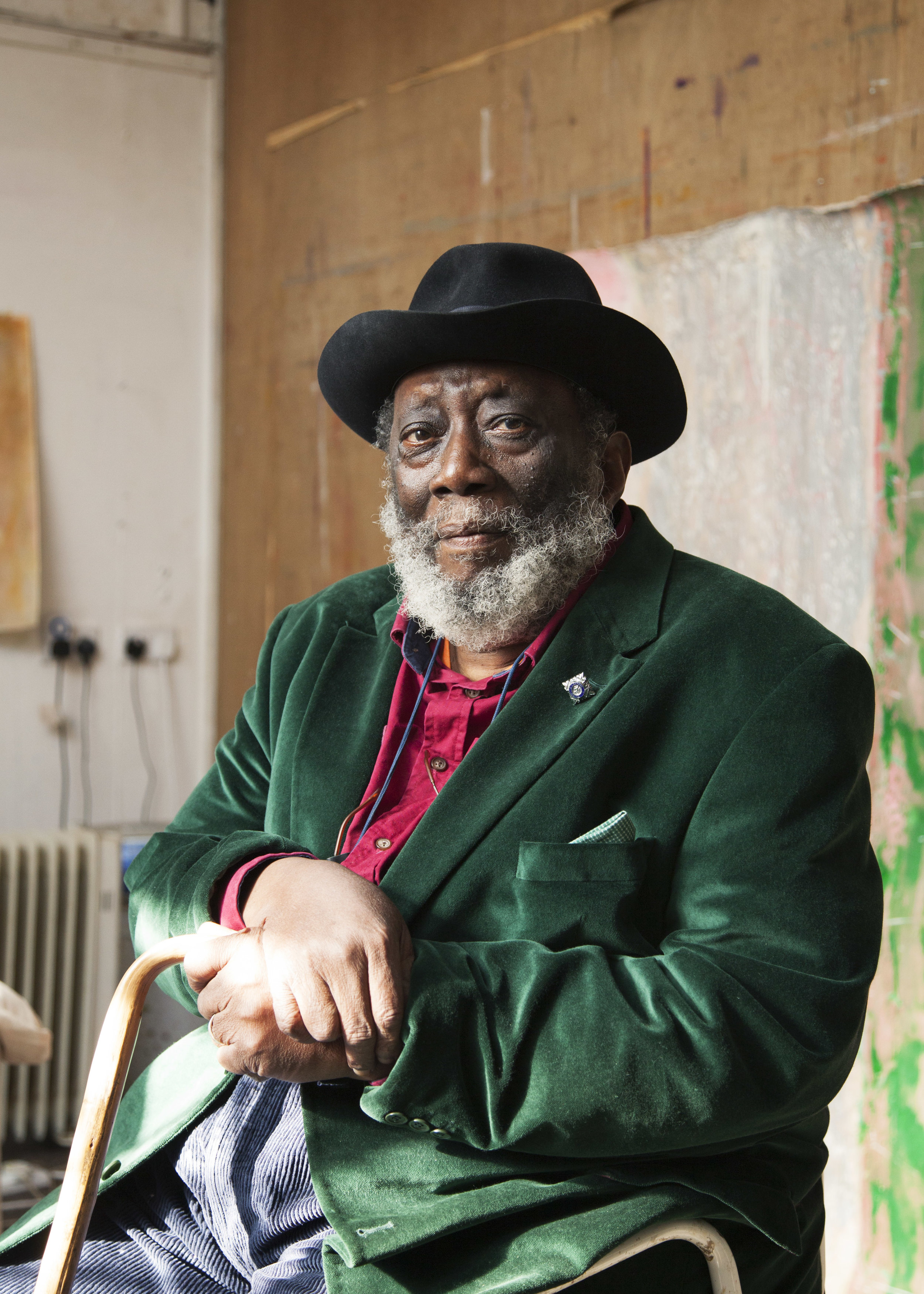text by Chimera Mohammadi
How do we nurture the force that created us? This seemingly paradoxical question defines Lost Wild, the group show on view at the Whitney Modern in Los Gatos. The show grapples with various such paradoxes tethered to our relationship with nature: Keith Petersen’s breathtaking photography of chemical reactions claims organic aesthetics through inorganic means, and Karen Olsen-Dunn’s otherwise conventional landscapes glitch and freeze off the canvas and out of the realm of recognition. Dean Bensen and Demetra Theofanous’s glass leaves and bird nests solidify typically flexible structures into embodied fragility, reminiscent of the environmental precariousness that defines our current global epoch. After luxuriating in these contradictory states, the show sets about to address that core question of nurturing, calling in motifs of youth, restoration, and lushness. Melissa Mohammadi’s sprawling botanical studies and tunnel books house disparate plants, bound together by unlikely familial forces and working together toward healing. Tamera Avery’s tenderly rendered masked subjects are at once children and revolutionaries, often modeled after her own son. Marie Cameron’s paintings cope with climate change through a fantastical fairy tale lens, while Sheila Metcalf Tobin’s burst out of the confines of the canvas in radiant, sun-dappled celebrations of natural nostalgia.
Lost Wild is on view through March 30th at Whitney Modern, 2nd Floor of 24 N Santa Cruz Ave 2nd floor, Los Gatos, CA 95030.

